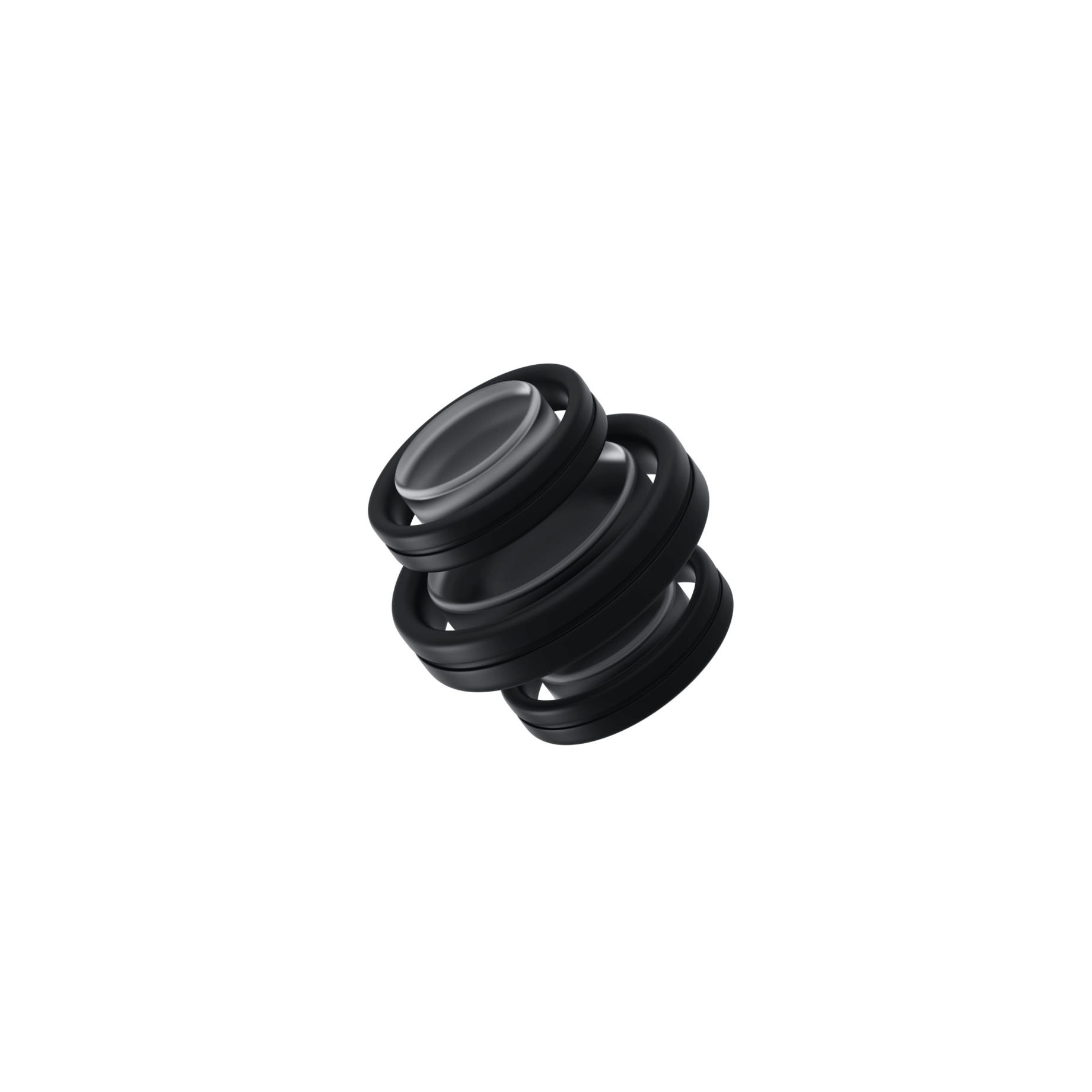When trading in financial markets, it is important to understand the different types of orders that are available. Stop limit, limit order, and instant execution are three common types of orders that traders use to buy or sell assets. Each order type has its own characteristics and is suitable for different trading strategies. In this article, we will explore the differences between these three order types.
Stop Limit Order
A stop limit order is a combination of a stop order and a limit order. This type of order is typically used to limit losses or lock in profits. A stop limit order has two prices: the stop price and the limit price. When the stop price is triggered, the order becomes a limit order with the limit price set by the trader. For example, let's say a trader wants to buy a stock that is currently trading at $50. The trader sets a stop limit order with a stop price of $55 and a limit price of $60. If the stock price reaches $55, the order becomes a limit order and the trader's broker will only execute the order at a price of $60 or better.
Limit Order
A limit order is an order to buy or sell an asset at a specific price or better. This type of order is typically used to enter or exit a position at a specific price level. A limit order is executed when the market price reaches or exceeds the specified limit price. For example, if a trader wants to sell a stock that is currently trading at $50 and they set a limit order with a limit price of $55, the order will be executed when the market price reaches $55 or higher.
Instant Execution Order
An instant execution order, also known as a market order, is an order to buy or sell an asset at the current market price. This type of order is typically used when a trader wants to enter or exit a position quickly and is willing to accept the current market price. For example, if a trader wants to buy a stock that is currently trading at $50 and they set an instant execution order, their broker will execute the order at the current market price, which may be higher or lower than $50.
Conclusion
In conclusion, stop limit, limit order, and instant execution are three common types of orders that traders use to buy or sell assets. Each order type has its own characteristics and is suitable for different trading strategies. Stop limit orders are typically used to limit losses or lock in profits, limit orders are used to enter or exit a position at a specific price level, and instant execution orders are used to enter or exit a position quickly at the current market price. Traders should choose the order type that best fits their trading strategy and risk management plan.







